Earth Statistics
| Planetary Symbol: |
 |
Surface Gravity: |
9.78 m/s^2 |
| Diameter: |
12,753 km (7,926 miles) |
Rotation Period with respect to Sun (Length of Day): |
24 hrs |
| Mass: |
5.98x10^24 kilograms
(6.5e21 tons) |
Rotation Period with respect to stars (Sidereal Day): |
23 hrs 56 min |
| Density: |
5,515 kg/m^3 |
Revolution Period about the Sun (Length of a Year): |
365 days 5 hrs |
| Minimum Distance from Sun: |
146 million km
(91 million miles) |
Tilt of Axis: |
23o 27" |
| Maximum Distance from Sun: |
152 million km
(94.5 million miles) |
Temperature: |
-89o C to 57.7o C
(-128o F to 136o F) |
| Orbital Semimajor Axis: |
1.0 AU |
Average Surface Temperature (K): |
287K |
| Satellites: |
1 (the Moon) |
|
|
 Earth Image Archive
Earth Image Archive
 Comparative Planetary Statistics -- in table form
Comparative Planetary Statistics -- in table form
 Comparative Orbital Statistics -- in table form
Comparative Orbital Statistics -- in table form
 Earth's circumference, aphelion, perihelion, speed and more...
Earth's circumference, aphelion, perihelion, speed and more...
You might also be interested in:
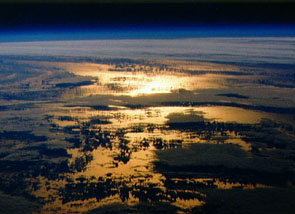
Ok. Let's get some terminology down first. If a body (like the Earth) is orbiting around the Sun, we say it is closest to the Sun at perihelion and farthest from the Sun at aphelion. If a body (like the
...more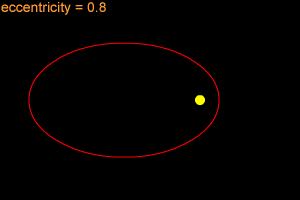
Most objects in orbits move along an elliptical path. An ellipse is a shape that can be thought of as a "stretched out" circle or an oval. An ellipse can be very long and thin, or it can be quite
...more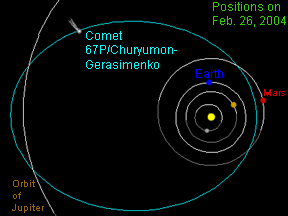
Comet 67P/Churyumov-Gerasimenko was discovered in 1969 by Klim Churyumov and Svetlana Gerasimenko. The comet orbits the Sun once every 6.57 years. Its orbit brings it closer to the Sun than Mars at the
...more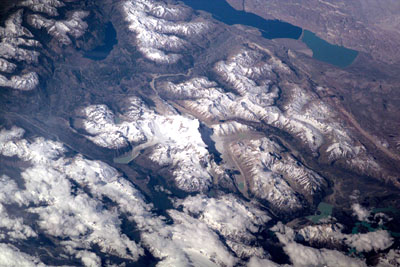
This picture shows a part of the Earth surface as seen from the International Space Station high above the Earth. A perspective like this reminds us that there are lots of different things that cover the
...more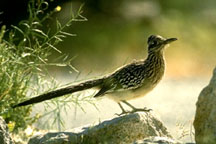
Like the other inhabitants of the desert, birds come up with interesting ways to survive in the harsh climate. The sandgrouse has special feathers that soak up water. It can then carry the water to its
...more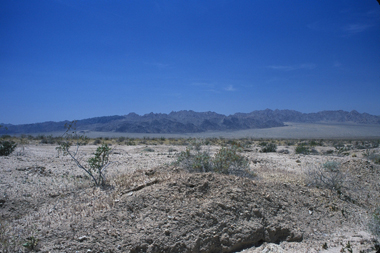
Deserts are full of interesting questions. How can anything survive in a place with hardly any water? Why is it so dry to begin with? You can find at least one desert on every continent except Europe.
...more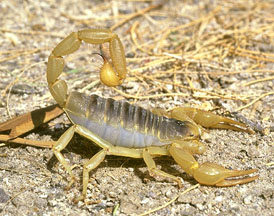
You can find insects almost anywhere in the world. So it should be of no surprise that there are plenty of insects in the desert. One of the most common and destructive pests is the locust. A locust is
...more

 Comparative Planetary Statistics -- in table form
Comparative Planetary Statistics -- in table form
 Comparative Orbital Statistics -- in table form
Comparative Orbital Statistics -- in table form
 Earth's circumference, aphelion, perihelion, speed and more...
Earth's circumference, aphelion, perihelion, speed and more...


 Earth Image Archive
Earth Image Archive











